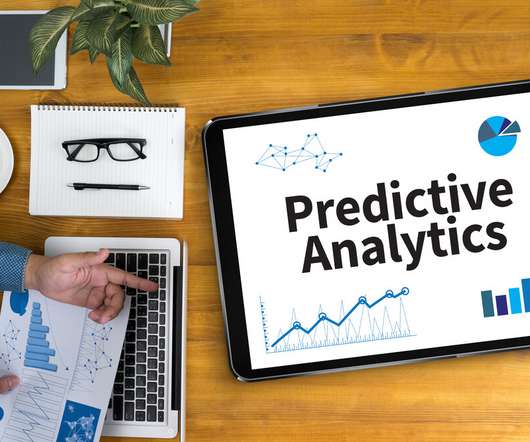What is predictive analytics? Transforming data into future insights
CIO Business Intelligence
FEBRUARY 10, 2023
With the help of sophisticated predictive analytics tools and models, any organization can now use past and current data to reliably forecast trends and behaviors milliseconds, days, or years into the future. Predictive analytics has captured the support of wide range of organizations, with a global market size of $12.49















Let's personalize your content